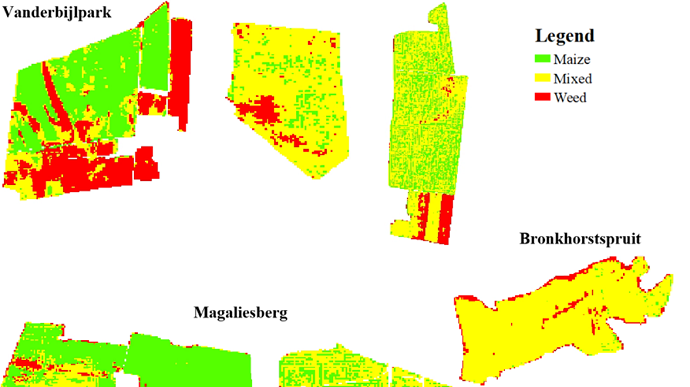Welcome to Research Matters. This curated site highlights some of the University of Pretoria’s most impactful and innovative research which addresses some of our society’s most pressing concerns so that we can transform lives and communities. We are rated as the number one university in South Africa for research outputs. Our vision is to be a leading research-intensive university in Africa that is recognised internationally for its quality, relevance and impact. We develop people, create knowledge and strive to make a difference locally and internationally.
 Gallery
Gallery
In another paper, Deschodt described yet another new species. Onthophagus pragtig most likely only feeds on the innards of dead millipedes. It is one of 20 species that is part of a small group of dung beetles in the genus Onthophagus. All other species in this group are known to prefer feeding on the soft internal organs (or viscera) of dead millipedes.
 Infographic
Infographic
Dung beetles likely date back to Africa some 40 million years ago. They then spread across the world, except to Antarctica. Most dung beetles feed on dung. They lay their eggs in dung balls that are buried underground so that their developing larvae have enough food and easy access to it. Their digging helps to nourish and loosen the soil, and improves its water-holding capacity.
 Story
Story
In a first for precision agriculture, University of Pretoria (UP) researchers, in association with collaborators from the Council for Scientific and Industrial Research (CSIR), have produced maps of smallholder farms in Gauteng that highlight maize plants in green and weeds in red. The maps were shared with farmers to enable them to pinpoint and eradicate weeds with more precision.
 Lecture
Lecture
Molecular techniques have revolutionised horse management and health and have provided practical solutions to complex problems in the various horse disciplines internationally. Molecular-based parentage verification systems were standardised internationally in the 1990s and are now widely applied in most horse breeds. These systems now include tests for genetic diseases and performance traits....
 Infographic
Infographic
Farmers not only save time and money by cutting down the cost and effort required to manage weeds, but also limit the environmental impact of using harmful weed-killing chemicals by using satellite data and imagery.
 Photo
Photo
This classification map shows the different types of plants in a crop field in various areas in Gauteng. The legend shows red for weeds, green for maize and yellow for mixed growth areas.
Copyright © University of Pretoria 2025. All rights reserved.
Get Social With Us
Download the UP Mobile App